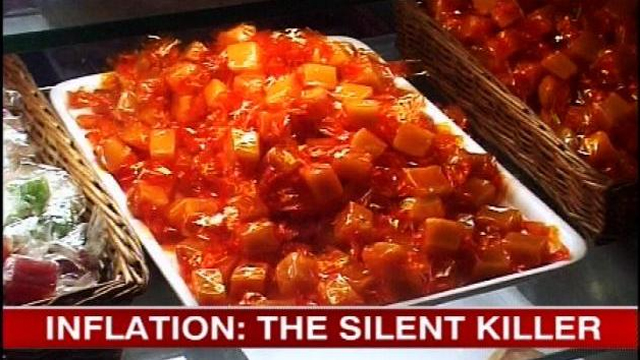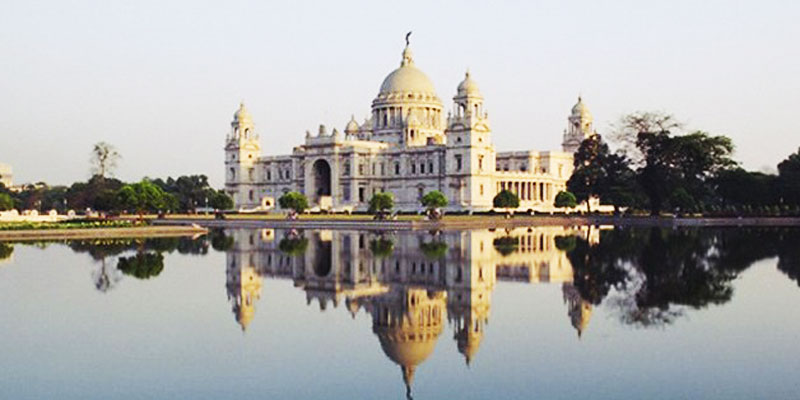Without an enhanced understanding of inflation, policymakers are hitting in the dark and might end up making expensive policy errors with vast unnecessary consequences.
India’s unchecked inflation remains an enigma. Without an enhanced understanding of inflation, policymakers are hitting in the dark and might end up making expensive policy errors with vast unnecessary consequences. India’s inflation has been constantly elevated and has risen in the last five years to the uppermost among all budding economies, in line only by Vietnam. Worldwide inflation and inflation in all other rising economies have, in fact, plunged in the last years.
In the most recent financial policy declaration, the Reserve Bank of India (RBI) had amazed markets by raising the repo rate on worries over inflation. Many experts and business groups had condemned the RBI as they affirm that inflation is linked to supply-side factors – particularly in the food sector – and, thus, tighter financial policy will have slight effect on it. Tighter fiscal policy will only harm growth with no help to contain inflation.
An obscured factor strange to India is the diversity of inflation rates. Should on aim be wholesale (WPI) or retail (CPI) inflation, or core inflation, which is defined as non-fuel, non-food inflation? In the past, WPI and CPI inflation moved closely together, so uncertainty on which rate to focus on was not such an issue. But since last five years, they have deviated mostly owing to food inflation that has a bigger weight in the composition of the CPI.
So why is food inflation soaring and why does it continue?
Only justification is that the procurement cost of cereals has been mounting very fast, above the increase in the cost of production. Over the last five years, the procurement rate of cereals has increased over price of production by roughly 15-60 percent for a swelling disparity of around 150 percent over a five-year period. So, the food subsidy had doubled from around 40,000 crore in 2008-09 to over 80,000 crore in 2012-13, and is expected to rise more in 2013-14 as the new food bill is put into action and the issue price at which gains is sold is reduced.
The fast raise in purchase prices has two consequences – it augment the off take of grain from the market and raise grain prices in the open market, and it boosts the food subsidy bill that adds to the fiscal deficit and, thus, stimulate inflation.
The government has not freed grain above the bumper stock standards and we have seen the most vicious result of growing food stocks and increasing food inflation. Instead of releasing grain in the open market to decrease prices, India arranged the largest export of grain ever in its history in 2012-13, exporting 10.1 million tonnes of rice, 6.5 million tonnes of wheat and 4.8 million tonnes of corn as in-house prices were lower than international prices.
One alternative now, as another bumper crop is likely in 2013-14, is to shift from an open-ended grain buying policy to a policy of only acquiring what the government requires for its PDS and buffer stock. This will mean more grain will be left in the market and government stockpiles will decline over a period of one year. Careful imports of pulses and oilseeds may also aid control inflation.
Another aspect is rising farm pays attributed to narrowing labour market owing to the MNREGA scheme. Rural earnings have ascended; this describes fading poverty in spite of growing food prices – but they also add to elevated costs of production – particularly for vegetables, onions and horticultural crops. The answer here is to find less-labour-intensive ways of production that are steady with higher rural earnings.
But supply-side aspects do not clarify the persistence of inflation. High fiscal deficit have direct inflationary consequences. In the past, India ran soaring fiscal deficits without high inflation, by funding the deficit by forcing the banking system to hold government paper economically. But as the capital account was opened up, foreign inflows came into the country and as these inflows were not sufficiently sterilised, they aided stimulate inflation. The prices of non-tradables, such as real estate, skilled sector wages and series rose up sharply.
A huge fiscal deficit in 2008-09 could be vindicated as an essential spur to handle the global crisis, but unrelenting high fiscal deficits have harmed growth and fuelled inflation.
Fertiliser and fuel subsidies must be brought downwards but they will have short-term impacts. For example, diesel price rise will have pass-through effects – a 1 percent increase in diesel prices augments inflation by almost 0.1 percent in the short term.
But as it trims down the fiscal deficit, the longer-term impact is lower inflation, but how to control this trade-off ahead of an election?
So, the inflation story is not merely a supply-side concern as some think. India’s inflation is a blend of demand and supply-side factors and must be dealt with carefully. Having the RBI raise repo rates further to embark upon inflation will be the nastiest option. Fiscal policy ought to play a key role as well.





